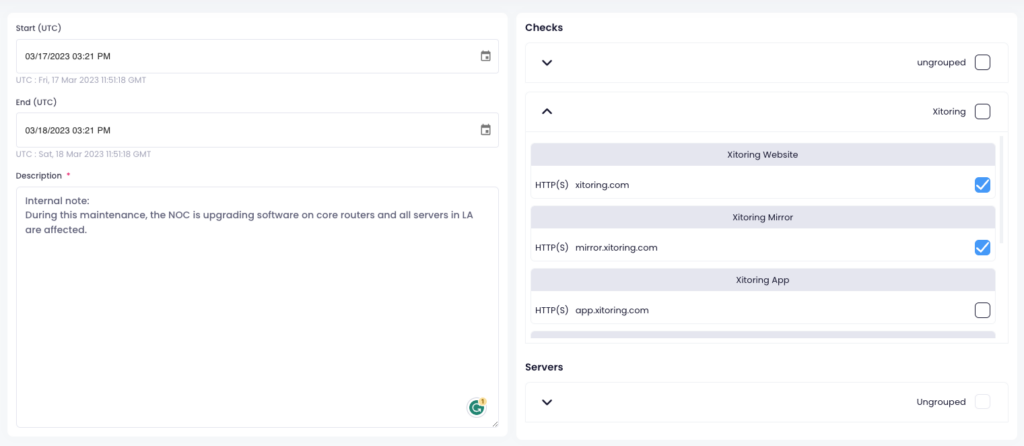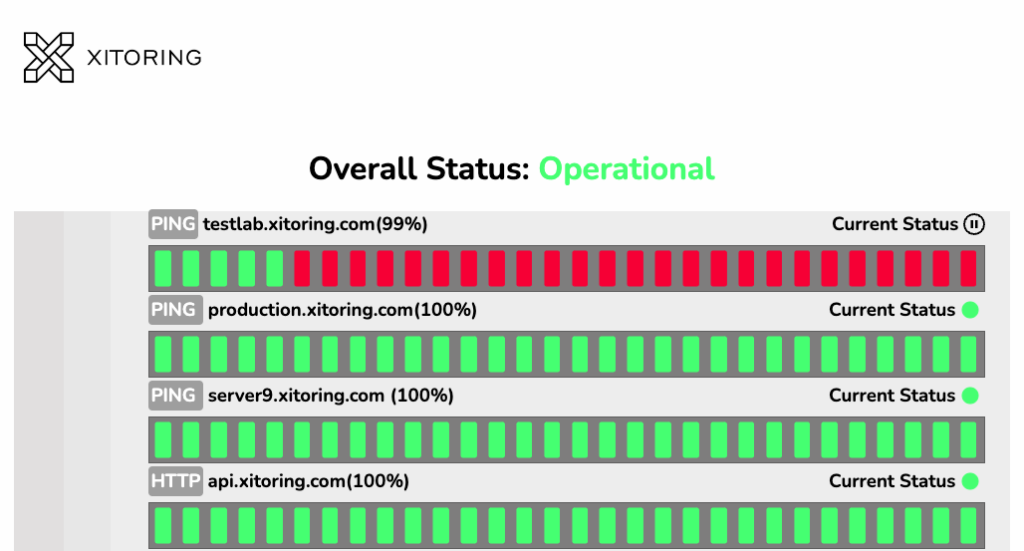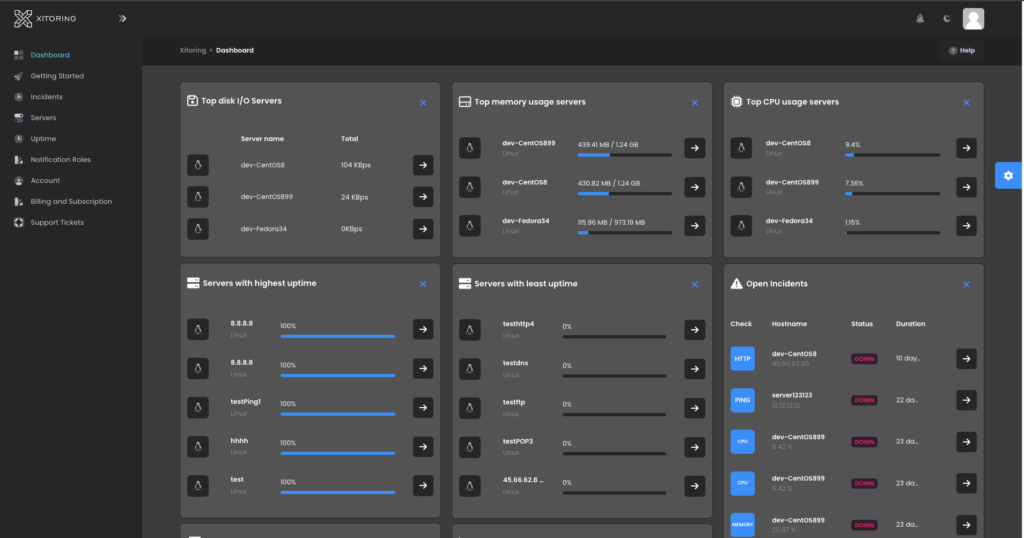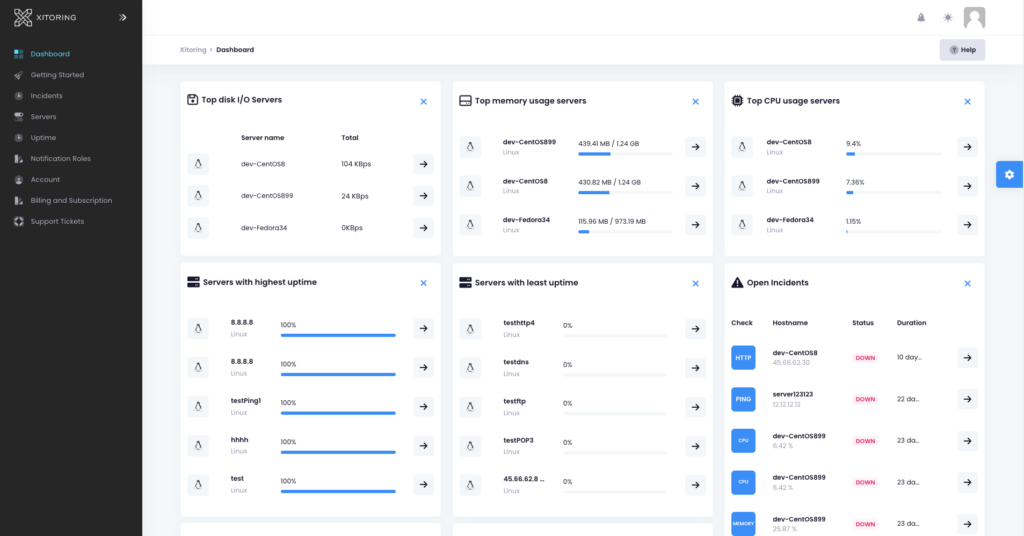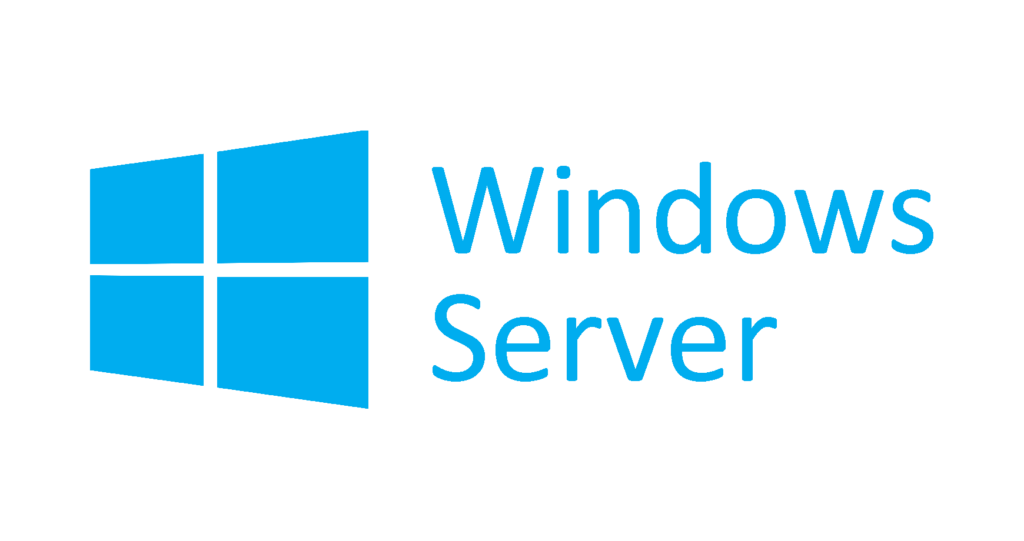We are thrilled to announce that Xitoring now offers Windows Server monitoring! It has been always a significant feature request from our customers to have this feature, and now we are very proud to have your requirement fulfilled =)
Our first product was Xigent v1 only supports a few Linux-based operating systems, then we went ahead developing a new version called v2 for Linux which now supports the major version of distributions. According to public statistics, Linux servers have about 15% of the market share and the rest belongs to Windows Servers which is about %73 of the market share. Our product will be very beneficial for Windows Server users we believe it has made the whole process much easier for them to Install, set up, and maintain. Our near competitors for Windows Server monitoring offers much more complex solution with higher rates. The belief and mindset behind our products are simplicity and ease of use, although the data we collect from servers are comprehensive. Your server will be connected to your nearest Xitoring node for the least network latency, and the date you sent, is fully analyzed and visualized.
We provide live statistics for Windows Server and also useful historical graphs for each component including CPU usage, Top Processes, Memory Usage, Disk usage, Disk IO, Network statistics, Netstat data, and much more!
The following versions of Windows Server are officially supported:
- Windows Server 2012
- Windows Server 2012 R2
- Windows Server 2016
- Windows Server 2019
- Windows Server 2022
Right after your installation of Xitogent on your Windows Server, you will receive an email indicating your Server is successfully registered and added to monitoring. we automatically and optionally detect running services on your public IP address and create checks and triggers for them. supported check types at the moment are HTTP, HTTPS, DNS, FTP, POP3, IMAP, SMTP, PING, and a few more.
All Xitoring users can benefit from a free plan to monitor up to 5 servers at no cost! You can read the Xitoring Windows manual for more information.
Registration and adding a Windows server is exactly like the previous Linux installation, you need only to copy a command, paste it into your PowerShell, and the rest is done automatically.
You can always contact our support team if you need any help installing Windows Server Xitogent.
Read more about Windows Server monitoring solutions.
